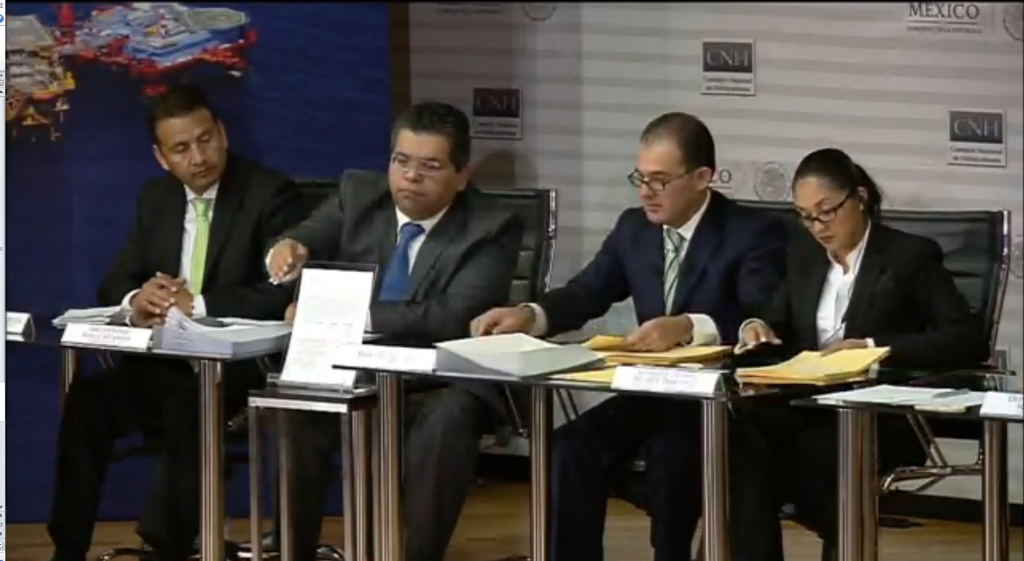
Mexico’s second oil and gas auction marked a turning point for the industry.
Phase one in July was touted by media as a failure given the small number of awarded blocks.
Phase two, however, on 30 September proved oil and gas companies will bid as long as Mexico offers attractive fields and remains open to feedback on the auction process. The Government incorporated lessons learned from the phase one auction in July and made several adjustments to the phase two bidding process in September.
Expectations are high for the remaining two auctions for Mexico’s round one bidding process.
The number and type of bidders is expected to expand.
The success of each auction ─ small onshore fields in December and deep-water blocks in the New Year ─ will depend on the contractual regime, the cost and risk of blocks available and the industry environment at the time.
Most important, however, will be the Mexican Government’s continued receptiveness to feedback.
The results speak volumes: 60% of blocks were awarded during phase two compared with 14% in phase one. The winners included ENI International for Block 1 (Amoca-Mizton-Tecoalli), the Pan American Energy and E&P Hidrocarburos y Servicios consortium for Block 2 (Hokchi), and the Fieldwood Energy and Petrobal consortium for Block 4 (Ichalkil-Pokoch).
The most significant adjustments made for phase two include:-
Minimum acceptable offer: The decision to publish minimum acceptable offers for the available five blocks (nine fields) ahead of the phase two auction made a big impact. During phase one, minimum acceptable offers were concealed to deter low bids but this resulted in only two of the 14 blocks being assigned.
The success of phase two proved the government’s initial assessment of minimum bids was wrong -the majority of blocks awarded during the process were assigned to companies that offered the nearly double, or more than, the disclosed minimum.
Exploration: The Mexican Government allowed companies the right to explore for new oil as well as pump oil from existing reserves in the areas up for auction (which were originally only for extraction). Opening up these blocks for exploration (to different depths) as well as extraction attracted new players into the market.
Corporate guarantee
To select a company different than the top Holding Company of the Group (eg. the publicly traded company), the requirement of equity was lowered from US$6b to 10 times the Working Commitment (let’s say between $US1b to 2b). This requirement is lower, but it is not as simple as saying the minimum capital of 1 billion, which was requested by industry.
Letters of Credit – Following the request from industry to eliminate the need of Letters of Credit to guaranty performance of the Minimum Work Commitment, the Government reduced the requirement by 50%.
Overall, the adjustments made ahead of phase two, combined with less risky blocks, attracted a more diverse set of players to the auction in September.
Of the 14 prequalified participants, nine companies and consortiums filed proposals: Statoil, DEA Deutsche, ENI International, Lukoil, CNOOC International, Talos Energy, Sierra Oil & Gas, Carso Oil & Gas and Carso Energy consortium, Pan American Energy and E&P Hidrocarburos y Servicios consortium, Petronas Carigali International E&P and Galp Energía E&P consortium, Fieldwood Energy and Petrobal consortium.
Responding to the industry worked for the phase two auction and will only bolster investment in the country going forward.
Alfredo Alvarez is Mexico Oil & Gas Leader for Ernst & Young Mancera. He is based in Mexico City.
Recommended for you

